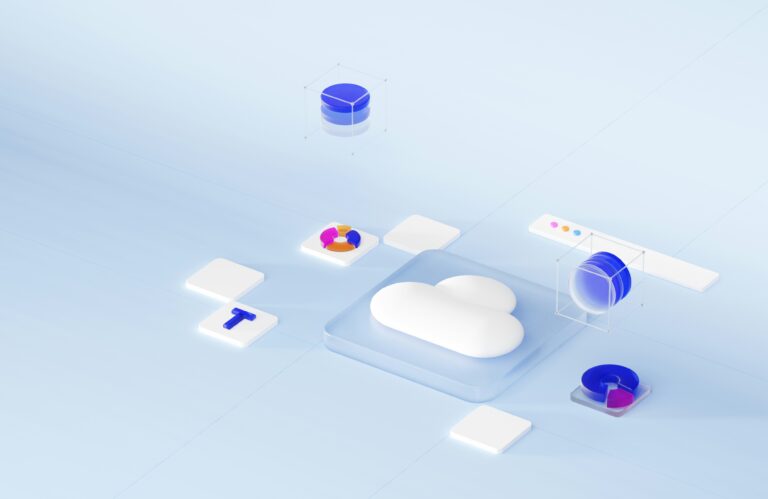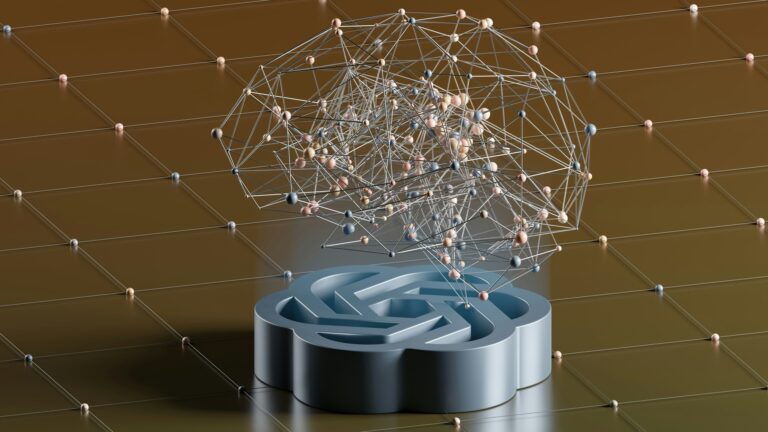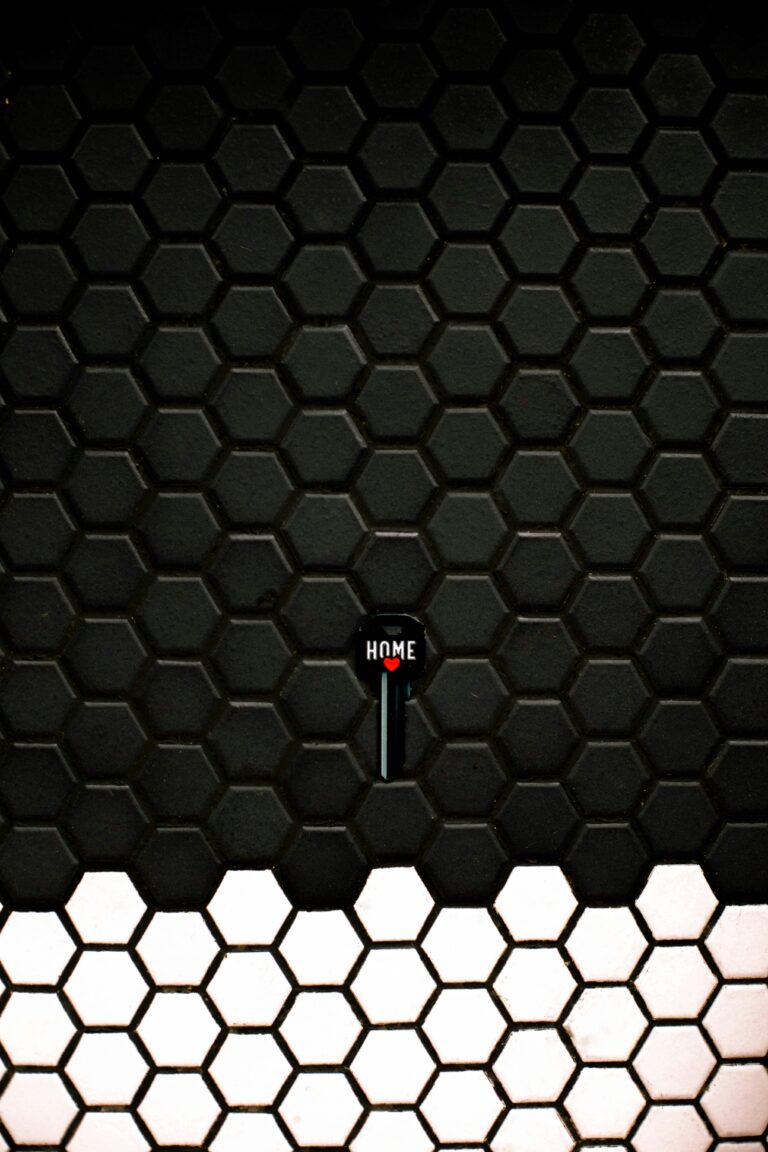
Introduction
Imagine a computer that processes data at the speed of light, consuming far less energy than today’s machines while tackling complex tasks like artificial intelligence or climate modeling. This is the promise of optical computing, a revolutionary technology that uses light—photons—instead of electricity to perform computations. As the demand for faster, more efficient computing grows, optical computing is emerging as a game-changer. This article explores what optical computing is, how it works, its real-world applications, current trends, and its potential to transform our digital world, all presented in an engaging and accessible way for everyone.
What is Optical Computing?
Optical computing involves using light, typically in the form of lasers or infrared beams, to process and store data instead of the electrical currents used in traditional computers. By leveraging the properties of photons, optical computing promises faster data transfer, lower energy consumption, and the ability to handle massive parallel computations.
Key Features of Optical Computing
- Speed: Light travels faster than electrical signals, enabling rapid data processing.
- Energy Efficiency: Photons generate less heat than electrons, reducing cooling needs.
- Parallel Processing: Light can carry multiple signals simultaneously through different wavelengths or paths.
- Low Interference: Unlike electrical signals, light signals don’t interfere with each other, improving reliability.
For example, while a traditional computer processes data using silicon chips and electrical circuits, an optical computer might use lenses, mirrors, and photonic circuits to manipulate light for calculations.
How Optical Computing Works
Optical computing relies on the unique properties of light and specialized components to perform computations. Here’s a simplified overview:
- Data Input: Data is encoded into light signals using lasers or LEDs, often as pulses or varying wavelengths.
- Processing: Optical components like beam splitters, modulators, or photonic crystals manipulate the light to perform operations (e.g., addition or logic functions).
- Data Transmission: Light carries data through optical fibers or waveguides, which are faster and less prone to signal loss than electrical wires.
- Output: Photodetectors convert the processed light signals back into electrical signals or display results directly.
For instance, in an optical neural network, light beams pass through layers of photonic components to mimic the human brain’s processing, enabling fast AI computations without the heat generated by traditional chips.
Real-World Applications of Optical Computing
Optical computing is still in its early stages but is already showing promise across various fields.
Artificial Intelligence and Machine Learning
AI models, like those powering chatbots or image recognition, require massive computational power. Optical computing can accelerate matrix multiplications—a core AI operation—by processing data in parallel. For example, startups like Lightmatter use photonic chips to speed up AI training, reducing energy costs.
Data Centers
Data centers, which power cloud services like Google and AWS, consume vast amounts of energy. Optical computing can reduce power usage by replacing electrical interconnects with optical ones. Intel is exploring optical chips to enhance data center efficiency, cutting cooling and operational costs.
Telecommunications
Optical computing enhances data transmission in telecom networks. Optical switches and routers, used in fiber-optic systems, process signals faster than electronic counterparts. Companies like Nokia are developing optical processors to handle the high data volumes of 5G and beyond.
Scientific Research
Optical computing accelerates simulations in fields like physics and chemistry. For instance, researchers use optical systems to model quantum interactions or climate patterns, where traditional computers struggle with complex calculations.
Cryptography
Optical computing can improve encryption by processing quantum cryptography algorithms faster. It supports quantum key distribution (QKD) systems, ensuring secure communication for banks or governments.

Current Trends in Optical Computing
As of June 2025, optical computing is gaining traction, driven by advancements in photonics and the limitations of traditional silicon-based systems. Here are key trends:
Photonic Chip Development
Companies like Lightelligence and Ayar Labs are designing photonic integrated circuits (PICs) that combine optical and electronic components. These chips are smaller, faster, and more energy-efficient than traditional processors, ideal for AI and data centers.
Integration with Quantum Computing
Optical computing is converging with quantum computing, using photons to represent quantum bits (qubits). Startups like Xanadu are developing photonic quantum computers, which could solve problems like drug discovery faster than classical systems.
Silicon Photonics
Silicon photonics integrates optical components into existing silicon chip manufacturing processes, reducing costs. Intel and TSMC are advancing silicon photonics for high-speed interconnects in servers and supercomputers.
Neuromorphic Optical Systems
Inspired by the human brain, neuromorphic optical systems use light to mimic neural networks. These systems, being researched by MIT and others, promise breakthroughs in AI with minimal energy use.
Sustainability Focus
Optical computing’s low energy consumption aligns with green technology goals. Data centers adopting optical systems could reduce carbon footprints, supporting initiatives like Google’s carbon-neutral pledge by 2030.
Benefits of Optical Computing
Optical computing offers compelling advantages:
- Speed: Light-based processing is orders of magnitude faster than electrical circuits.
- Energy Efficiency: Reduced heat generation lowers power and cooling needs.
- Scalability: Optical systems can handle massive data volumes, ideal for AI and big data.
- Reliability: Light signals are immune to electromagnetic interference, improving performance.
- Future-Proofing: Optical computing can support emerging technologies like quantum networks.
Challenges of Optical Computing
Despite its potential, optical computing faces hurdles:
- Manufacturing Complexity: Building photonic components is costly and requires new fabrication techniques.
- Integration Challenges: Combining optical and electronic systems seamlessly is technically difficult.
- Size Constraints: Early optical systems are bulky, though miniaturization is progressing.
- Limited Adoption: The technology is still nascent, with few commercial applications compared to silicon chips.
- Cost: Developing and deploying optical systems is expensive, limiting accessibility.
Addressing these requires investment in research, manufacturing, and industry collaboration.
The Future of Optical Computing
Optical computing is poised to transform technology by 2030, with far-reaching impacts:
- AI Acceleration: Optical neural networks will power faster, greener AI systems for applications like autonomous vehicles and personalized medicine.
- Data Center Revolution: Widespread adoption of photonic chips will make cloud computing more sustainable and cost-effective.
- Quantum Integration: Optical systems will play a key role in quantum networks, enabling secure global communication.
- Consumer Devices: Compact optical processors could enhance smartphones and wearables, enabling advanced AR or real-time translation.
Continued innovation, cost reduction, and education will drive optical computing’s mainstream adoption.

Conclusion
Optical computing is illuminating the path to a faster, more efficient digital future. By harnessing light, it offers unparalleled speed, energy savings, and scalability, making it ideal for AI, data centers, and beyond. As trends like photonic chips, quantum integration, and sustainability drive progress, optical computing promises to overcome the limitations of traditional systems. While challenges like cost and complexity remain, ongoing advancements will unlock its potential, creating a world where computing is as swift and seamless as light itself.



